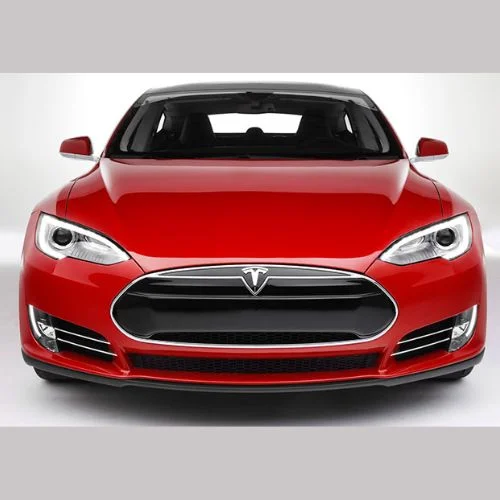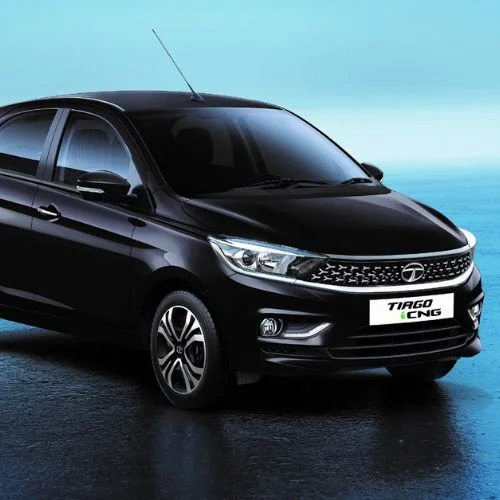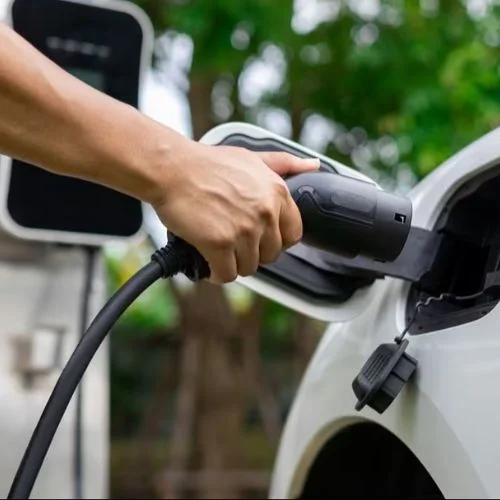Investors would do well to keep a close eye on developments in the electric vehicle sector. Hero MotoCorp Ltd’s decent gross margin growth was a saving grace for the disappointing December quarter (Q3FY23).
Gross margin increased 155 basis points (bps) year over year and 254 basis points quarter over quarter to 30.6% due to lower raw material costs. One basis point equals 0.01%. Additionally, gross profit per vehicle hit a multi-quarter high of Rs 19,817.
But unfavorable operating leverage is a sore spot due to weak volumes and a meager price increase of 2% from the prior quarter. Revenue fell 11.5% quarter-on-quarter to Rs 8,031 crore.
Compared to peers Bajaj Auto Ltd and TVS Motor Co, Hero MotoCorp‘s realized growth was much lower. Ltd, rose 6-7% in the third quarter. Analysts Prabhudas Lilladher said this was due to a 400 basis point lower contribution from the executive and premium segments.
In addition, higher other expenses weighed on Hero’s EBITDA (earnings before interest, tax, depreciation, and amortization) margins. The benchmark index edged up 10 basis points to 11.5% in the third quarter. Kotak Institutional Equities analysts noted that despite a 13% drop in sales volume in the third quarter, other expenses were up 3% quarter-on-quarter, likely due to higher marketing spend due to the launch of Vida. V1. The Vida V1 is the hero’s electric vehicle.
Investors would do well to closely monitor developments in the field of electric vehicles. Additionally, increasing rural demand is key, as Hero caters primarily to the entry-level market. In January, Hero two-wheeler sales fell 9.5% month-on-month to 356,690 units.
Volume growth will be a catalyst for the stock, which is down 11% from its 52-week high of Rs 2,938.60 per share reached in August. “We continue to remain concerned about demand recovery in the less than 125cc motorcycle segment given persistent price increases taken by the original equipment manufacturers over the past few quarters,” said analysts at Kotak.















